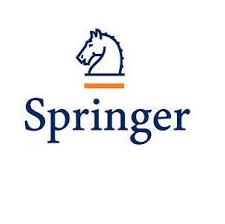5 Discussion and conclusion
In this paper, a novel approach is presented to detect the nonlinear dynamic response of damaged structures influenced by soil–structure effects by processing earthquake records and computing the variations of the fixed basefrequencies of the building during a seismic event. In order to monitor the status of a structure during and after earthquakes in presence of soil–structure interaction, it is necessary to decouple the building response from soil– foundation coupling. To this regard, a combined approach of the S Transform and deconvolution interferometry is proposed. It derives from the advantage of the use of the time–frequency representation by application of S Transform to identify the time-variant behavior of the system. Since the variation of the fundamental frequency maybe also related to the nonlinear response at the soil foundation interface, we proposed to apply the deconvolution interferometry to the local spectra of the S Transform because it separates the properties of the building itself from the soil-foundation contributions. Moreover, the limitation to time-invariant system when applying the deconvolution interferometry is overcome in our approach by considering stationarity of the signals in each frequency dependent Gaussian window of S Transform. The main advantage of the proposed method is that provides an estimate of time- variations of the dynamic parameters (such as shear wave velocity and hence the corresponding fixed-base frequency), related only to the occurrence of non-linear response of the structure under a strong earthquake.








